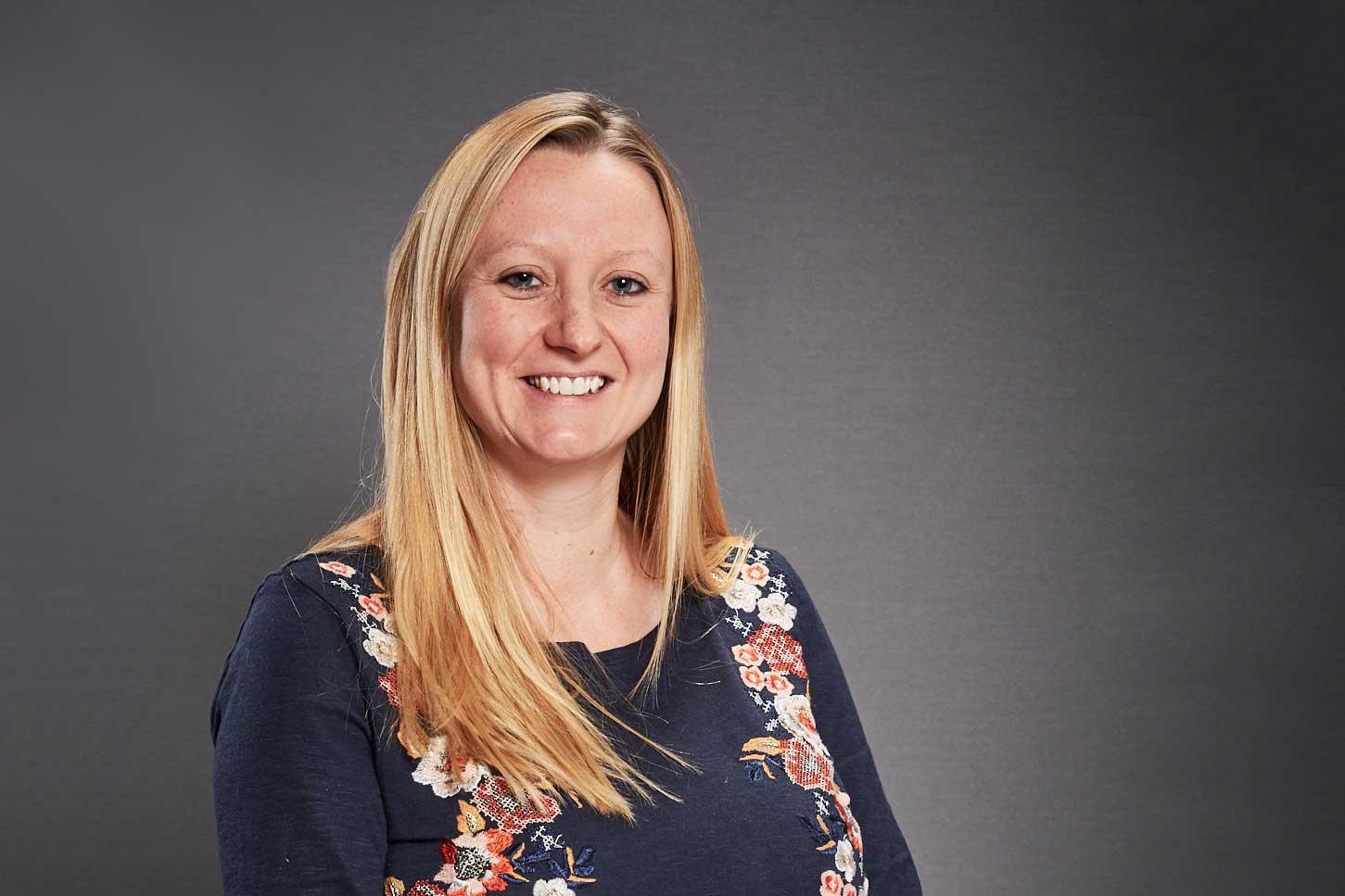Dr Holly Shelton joined The Pirbright Institute in 2011 and progressed to Group Leader in 2016. Dr Shelton leads the Influenza Viruses group which is working to understand how genetic changes in avian influenza viruses can alter disease severity, ease of transmission and the species they can infect.
Wild aquatic birds are the natural carriers of avian influenza strains, many of which cause disease in poultry. Sometimes mutations enable these strains to infect humans, such as H5N1 or H7N9 in South-East Asia – in these cases the virus has been transmitted directly from infected birds to people with no onward spread, but the fear is that mutations may create a strain that can spread human-to-human and cause a pandemic.
Dr Shelton’s team is working on several projects, which all aim to increase our understanding of the genetic basis for infection with influenza virus. One project is characterising the genetic changes that enable strains to rapidly adapt in mammals and explores whether these changes allow onward transmission. Such alterations can occur in the avian influenza virus surface protein called haemagglutinin (HA), which initiates virus entry into cells, as well as the viral polymerase, which is responsible for viral genome replication and protein production. This information could help surveillance programmes by identifying those strains that have the potential to affect people and could lead to the development of techniques which would prevent these mutations occurring.
In a recent paper the group identified a mechanism that prolongs the influenza virus infection period and so increases the amount of time the virus can be spread from one chicken to the next. A protein known as PB1-F2 blocks two different arms of the chicken cell immune response, buying the virus more time to reproduce and spread. Dr Shelton’s team is also working to establish which influenza gene variations that promote resistance to antiviral drugs for human infections. Identifying these mutations could provide an early warning of viruses that would be difficult to control if they ever crossed from birds into humans.
Understanding how the virus interacts with the poultry microbiome is also an important area of study for the group. The microbiome is made up of a huge array of micro-organisms that help with food breakdown, energy release and influence the immune system’s ability to fight off infections. By mapping the changes in the chicken respiratory and gastrointestinal microbiome following influenza infection, the team is assessing whether application of probiotics (“good bacteria”) can lower the amount of virus that is shed and transmitted by infected birds.
Dr Shelton’s group is also part of a collaborative research effort led by The Roslin Institute and Imperial College London to produce chickens that are resistant to influenza virus infection. The high containment facilities at Pirbright will be used to test whether different avian influenza virus strains can infect the genetically-modified chickens. If successful, this could pave the way for flu-resistant poultry flocks, reducing the threat to food security as well as to human health.
